#stages of development
Explore tagged Tumblr posts
Text
Erik Erikson’s Stages of Psychosocial Development
Evolving through Erik Erikson's stages of psychosocial development and reflecting upon them.
When I first came across Erik Erikson’s theory of psychosocial development, I’ll be honest—I didn’t expect it to hit me personally. It sounded like one of those academic concepts you memorize for a test and then forget. But the more I read about it, the more I realized that Erikson wasn’t just laying out stages of human development—he was describing all of us. Our fears, our triumphs, our inner conflicts. His theory helped me reflect on the different chapters of my life in a way that felt weirdly accurate.
So, what is Erikson’s theory all about?
Erikson proposed that as humans, we go through eight stages of psychosocial development over the course of our lives. At each stage, we face a specific conflict or challenge that shapes who we become. The outcome of these conflicts—whether we resolve them in a healthy or unhealthy way—directly influences our personality and sense of self.
1. Trust vs. Mistrust (Infancy)
This stage is all about whether we learn to trust the world around us, mostly through the care we receive as babies. If caregivers are consistent and nurturing, we develop trust. If not, mistrust can set in.
I obviously don’t remember this stage directly, but I do believe that the way we’re cared for early on creates a kind of emotional “blueprint.” For me, I’ve always had this underlying sense that things will somehow work out, and I think that might come from having a generally secure early environment. That kind of trust becomes the foundation we build everything else on.
2. Autonomy vs. Shame and Doubt (Toddlerhood)
At this stage, we start to assert our independence—learning to walk, talk, and say that infamous toddler word: no. If we’re supported, we gain confidence. If we’re criticized too much, we may start doubting ourselves.
I remember being a really independent kid. I always wanted to do things by myself—whether it was tying my shoes or pouring milk. Even now, I catch myself associating independence with self-worth. But Erikson made me think: maybe this isn’t just a personality trait. Maybe it’s a reflection of how I worked through this exact stage.
3. Initiative vs. Guilt (Preschool Age)
Here, kids begin to take initiative in their activities and play. Success leads to a sense of purpose, while constant criticism or overcontrol can lead to feelings of guilt.
Looking back, I definitely felt a strong desire to “do things right,” and sometimes I was overly cautious. I wonder if that early fear of messing up came from wanting to please others. Erikson helped me understand that it’s important to encourage curiosity and risk-taking in ourselves and others—not everything has to be done perfectly.
4. Industry vs. Inferiority (School Age)
This stage is where we begin comparing ourselves to others. School becomes a big deal. Kids who are encouraged and praised develop a sense of competence; those who struggle or are put down may start feeling inferior.
This one hit home. I was a good student, but I constantly compared myself to classmates who were “better” at something—sports, academics, popularity. Even now, I sometimes carry that feeling of not enough. Erikson’s framework made me see how deeply those early comparisons can stick with us, and how important it is to redefine success for ourselves.
5. Identity vs. Role Confusion (Adolescence)
This is one of Erikson’s most talked-about stages. Teens are trying to figure out who they are. Success leads to a strong identity; failure can lead to confusion about one’s place in the world.
Honestly? I’m still in this one. Or maybe I’ve just come out of it. Either way, this stage has been real for me—asking the big questions: Who am I? What do I believe? What matters to me? It’s overwhelming at times, but also kind of exciting. There’s a sense of freedom in not having it all figured out yet. But reading Erikson gave me permission to see that confusion is part of the process—it’s not a failure, it’s development.
6. Intimacy vs. Isolation (Young Adulthood)
This stage is about forming deep, meaningful relationships. If we’ve formed a clear identity, we’re more able to connect with others. If not, intimacy feels risky or impossible, leading to isolation.
This one’s unfolding in real time for me. Building close relationships—whether romantic or platonic—has been both beautiful and terrifying. Vulnerability is hard. But Erikson helped me realize that the work of knowing myself in earlier stages directly affects how open I can be with others now. Without a strong sense of identity, real intimacy becomes hard to sustain.
7. Generativity vs. Stagnation (Middle Adulthood)
In this stage, we want to feel like we’re contributing to something bigger than ourselves—through work, family, creativity, or mentoring. If not, we might feel stuck or unfulfilled.
I’m not quite here yet, but I see it in the adults around me. There’s a turning point where people either start building something meaningful—or they begin to feel restless, like life is just passing them by. I think that’s why I care so much about creating and learning even now. It’s a way of laying the groundwork for that future sense of purpose.
8. Integrity vs. Despair (Old Age)
The final stage. Looking back, people reflect on whether their life was meaningful. If they feel satisfied, they experience a sense of integrity. If not, they may feel despair over missed opportunities or unresolved regrets.
This stage gives me a weird sense of peace. Knowing that the choices I make now are shaping the story I’ll one day look back on—it’s grounding. Erikson’s idea of “integrity” isn’t about having a perfect life, but a meaningful one. That’s something I really hold onto.
What makes Erikson’s stages so powerful is that they’re not just about childhood—they’re lifelong. And they don’t happen in strict order either. We circle back. We revisit them. Sometimes we get stuck and have to go back to resolve an earlier conflict before moving forward.
This theory helped me realize that personal growth is a process, not a destination. It’s okay to still be figuring things out. It’s okay to feel a little lost, or stuck, or uncertain. That’s not a failure—it’s human development.
So, if you’re reading this and wondering where you “should” be, the answer is: exactly where you are. Growth doesn’t come from rushing through the stages—it comes from being honest about the one you’re in, and taking the time to do the work. Erikson didn’t just give us a theory—he gave us a map. And we get to walk it in our own time.
#erikerikson#social development#psychology#social psychology#book review#analysis#personal growth#mental wellness#mental health#stages of development
3 notes
·
View notes
Text
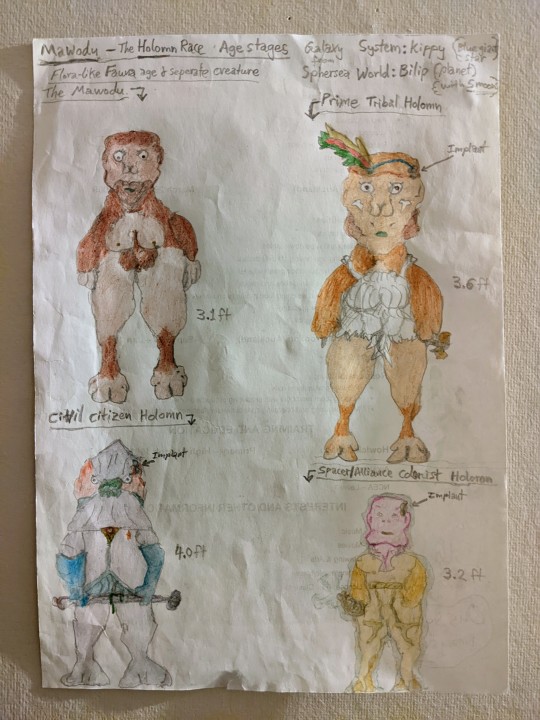
Some art content from the Tia Universe known also as the Taking on the Vari multi-media franchise in progress.
Along with a link to a timeline in progress so far from this on a world-building website called WorldAnvil.
2 notes
·
View notes
Text

It’s official!
#this meme was made as a desperate attempt to stay positive about this development fyi#I am very much still in the stages of grief rn 🙃#doctor who#dr who#dw#doctor who spoilers#dw spoilers#doctor who memes#the doctor#fifteenth doctor#ncuti gatwa#sixteenth doctor#billie piper#yep that’s real that a real thing that’s really happening I…aaaaaaaaaaaaagh#the show isn’t just spinning its wheels at all no siree no uh 🙃#(god this is so stupid)
7K notes
·
View notes
Text
it's important to talk about how pop psychology sucks ass. but that shouldn't distract you from also talking about how Serious, Official, Legitimate Psychology also sucks ass.
#our scientific understanding of the human mind is still in the like. ''putting leeches on you to balance your humours'' stage of development#so good luck!
6K notes
·
View notes
Text
youtube
#B.ed 1st year classes#Mdu Bed classes 2023#Childhood & Growing Up#Stages of Development#Bed Classes#Youtube
0 notes
Text
I miss my youth, a time filled with adventures and experiences shared with friends and significant others. As you reach your forties, different priorities take center stage, such as your career, family, and home. Erikson identified these shifts as part of the stages of development.

16K notes
·
View notes
Text


they're pals!!!! they like each other!
#Grim#Belphegor#now that Belphie's out of the baby piranha stage of development he's more tolerable to her
4K notes
·
View notes
Text
Faith is taking the first step even when you don't see the whole staircase.
Martin Luther King, Jr.
#martin luther king jr#mlk jr#quote#faith#inspirational#purpose#growth#learning#life lessons#next level#stages of development#levels of consciousness#evolution#soul#spirit#eternal life#soul path#trust#love
98 notes
·
View notes
Text
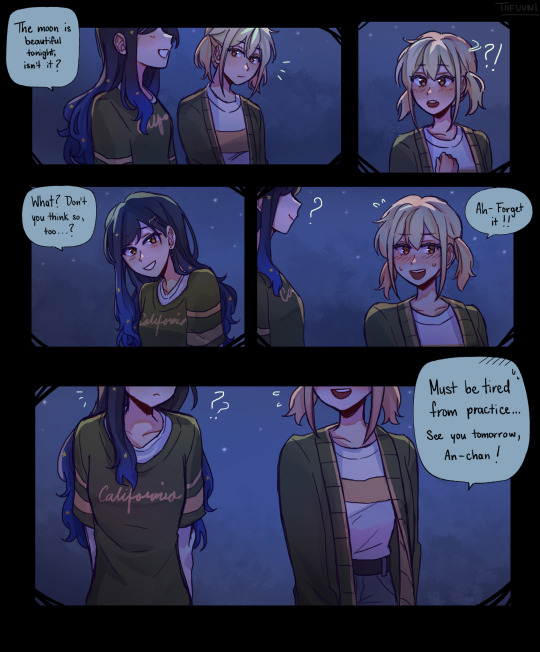
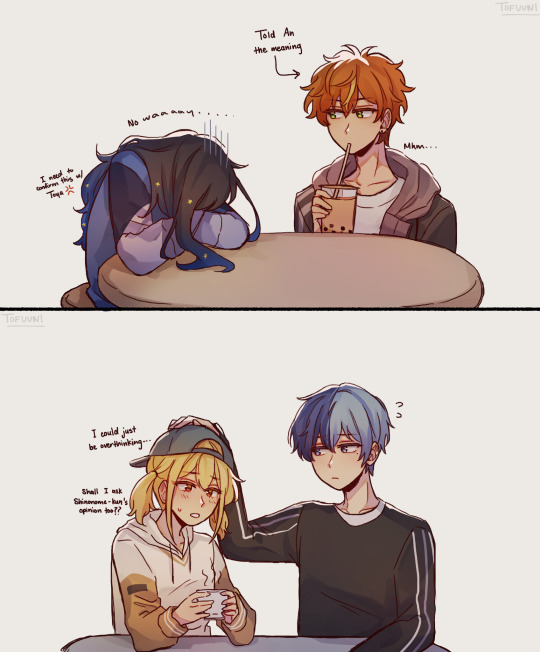
accidental rizz
#i wanna mention that this has implied polysquad#though not developed just yet!#prsk fa#pjsk#project sekai#pjsk fa#prsk#project sekai colorful stage#proseka#akito shinonome#an shirashi#kohane azusawa#akitoya#ankoha#anhane#polysquad
1K notes
·
View notes
Text
These are two tests for meeting legal standards that Jews and other backwards Caucasian cultures have high levels of difficulty understanding. Cultures/peoples that don’t practice these standards are stuck in a primitive phase of development, as not practicing these standards places a ceiling, or a roadblock, on cognitive development, and is a sign of a reasoning deficiency.
• Aguilar-Spinelli test: Used to determine if an informant's tip can be used to justify a search warrant.
• Katz test: Used to determine if a person has a reasonable expectation of privacy.
#legal standards#two-prong tes#Judaism#Jews#Caucasians#cultural development#linguistic development#primitive#cognitive development#stages of development
2 notes
·
View notes
Note
What do you like about the Diasomnia boys if I may ask?
I always love hearing about the different reasons people enjoy characters.
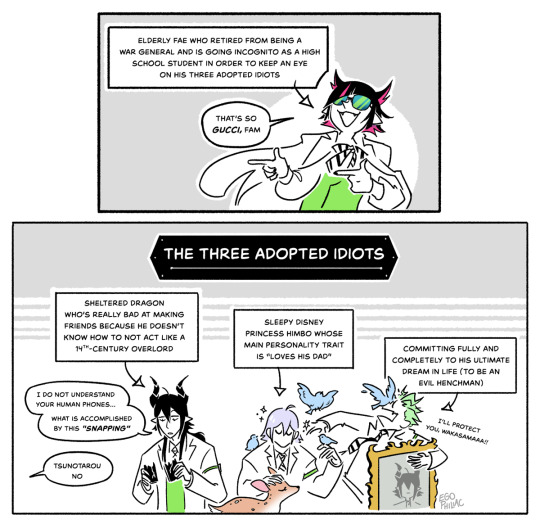
I mean, c'mon. he has split custody over Sebek okay
also, Lilia in particular has maybe the best timeskip character development of all time
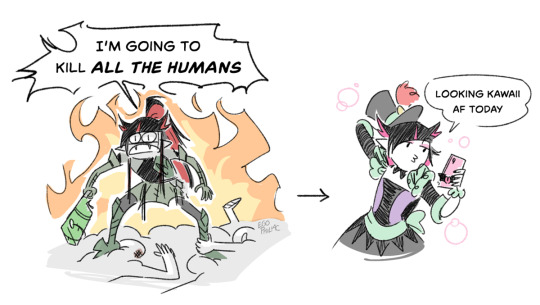
#art#twisted wonderland#twisted wonderland spoilers#twisted wonderland episode 7 spoilers#twisted wonderland book 7 spoilers#twisted wonderland episode 7 chapter 4 spoilers#twisted wonderland book 7 chapter 4 spoilers#stage in playful land#i hope this is legible whoops#anon i am sorry but you made the fatal mistake of asking me to talk about diasomnia#insert 'i just think they're neat' jpg#i do like the other characters a lot but they are definitely my favorites#they just hit a lot of my favorite things in characters i guess!#yes even you sebek even though you keep shrieking NINGEN at me#(it's okay he gets Character Development™ later)#and their dynamic! it's great! these guys frikking love each other SO much and they WILL have terrible terrible angst about it#ohoho delicious#give me all your emotional hangups baybeeeee#also somewhere in there i went from 'i like them all equally (but lilia is the most fun to draw)'#to 'lilia is absolutely my favorite (and still the most fun to draw) (EVEN MORE fun now thank you swishy ponytail!)'#(it was probably when his candy coating got a little scratched and whoops all the tragedy fell out)#(where's that 'get loved loser' post because i need to staple it to lilia's forehead)#i am extremely bad at putting things into words so please don't ask me to explain it any further#just know that the diafam is everything to me and if we don't get more episode 7 soon i'm going to crumble into dust and blow away#we'll be getting the crowleytimes on monday and maybe there will be. idk. some foreshadowing or something in his groovy#probably not but LOOK i'm desperate
5K notes
·
View notes
Text
also unitree宇树科技 lol





#china#funny#lmao#robots#technology#I feel like they often show things right out of the R&D stage#and then when it's ripe for development#they can impress people with a flexible mechanical warrior
621 notes
·
View notes
Text

Freak4Freak shenanigans 🤝
#stobotnik#karaii art#and on that day Stone developed yet a new degradation kink#robotnik at this stage isn't even doing this for stone's benefit he's genuinely pissed off#(cinnamon is gross ok)#but lucky for him stone's into it#one day he'll spit in stone's mouth and it'll be on purpose to be kinky#THEY'RE FREAKS BUT THEYRE BOTH INTO IT OK
804 notes
·
View notes
Text
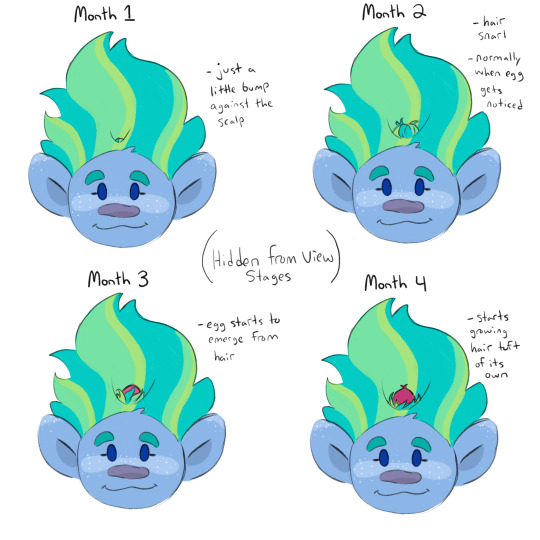

tried my hand at troll egg development stages! ft. my one of my brozone parents Reed with Floyd's egg
#9 months for the meme#look forward to the troll baby development stages#trolls worldbuilding#trolls floyd#trolls#dreamworks trolls#reverse age au#technically#trolls reverse age au#trolls oc#brozone parents#trolls reed
247 notes
·
View notes
Text
one thing i hate about the winx club ai controversy is the people saying it's fine because they only used it in the concepts. they did not just use it to get inspo like a pinterest board, there's evidence that some characters were entirely designed by ai
"it's just concepts, the animation is still done by humans!" concept art is an important creative process that decides the entire look, feel, tone, soul of the production! this wouldn't just be using tools to speed up a process, it's completely replacing creative thought and experimentation with a machine. it's telling me they don't care enough to put in the work, so why should i care to watch it?
#winx club#anti ai#winx club ai#this post is more about the attitude towards concept art and design stage than the validity of the ai claims tbh#bc regardless i just do not agree with that attitude#i do believe that poster of the girls in the room is not ai at all but some of the concepts and designs do look sus#im just too tired to properly follow the developments on it#dori talking to herself#my posts
245 notes
·
View notes
Text
"The universe's early galaxies were less chaotic and developed much faster than previously thought, according to new research looking back more than ten billion years in time. An international team of astronomers led by Durham University, UK, has used the James Webb Space Telescope (JWST) to find evidence of bar formation when the universe was only a few billion years old.
This latest research is published in the journal Monthly Notices of the Royal Astronomical Society.

Bars are elongated strips of stars found in disk or spiral galaxies like our Milky Way. As bars develop, they regulate star formation within a galaxy, pushing gas into the galaxy's central region, and their presence tells scientists that galaxies have entered a settled, mature phase.
Previous studies carried out using the Hubble Space Telescope had been able to detect bar forming galaxies up to eight or nine billion years ago. But the increased sensitivity and wavelength range offered by the JWST means researchers have been able to see the phenomenon happening even further back in time. This means that scientists might have to rethink their theories about galaxy evolution in the early stages of the universe's formation."
continue reading article
#cosmology#astronomy#universe#space#evolution#stages of development#origin of the universe#astrophysics#star bars#orbit rings#birth and creation#intelligent design#divine plan#galaxies#hubble space telescope#JWST#science
25 notes
·
View notes